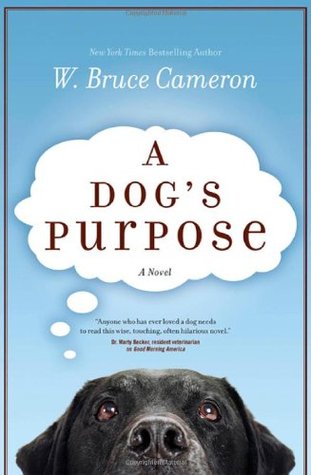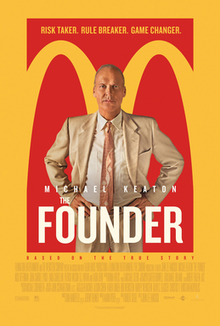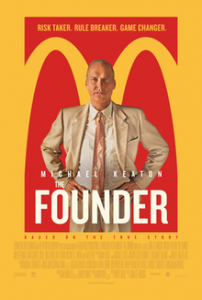Interview: W. Bruce Cameron, Author of “A Dog’s Purpose”
Posted on January 23, 2017 at 3:47 pm

The movie is based on the best-seller by the same name and I spoke to its author, W. Bruce Cameron, who also wrote the similarly endearing 8 Simple Rules for Dating My Teenage Daughter: And other tips from a beleaguered father .
We agreed that it is a challenge to find the right name for a dog. He said “you have to wait for the personality to assert itself. Of course that means that you call the dog ‘Hey, puppy!’ and the dog thinks its name is Puppy. My dog Tucker came with the name already stuck on him and it was a perfect name for him. I can’t imagine calling him anything else. As long as you fall in love with the dog, the name is going to be fine.” Tucker was a rescue dog. He was abandoned as a newborn in a box outside of the animal shelter. “My daughter, who runs an animal rescue was called because this was a death row case. Three newborn puppies would have overwhelmed the resources of the shelter. So, they asked her if she could help out, and she happened to have a lactating German shepherd whose puppies had weaned the day before. So she brought in these three puppies that were still slick from being born and said, ‘Hey, remember that wild weekend at the Sigma Chi house?’ and presented her with the puppies. I took him over when he was seven or eight weeks old. She was in Denver and we were in LA so I told her we were not going to come get the dog and she said, ‘I’ll be there on Wednesday.’ Her goal in life is that if you don’t have a dog, she will make sure you get one, and if you have one, she will persuade you to get another one. And if you’re allergic to dogs, she will get you a cat.”
He had dogs when he was growing up, starting at age 8, the same age as the boy in the book. “None of the kids in the neighborhood had dogs. My dad walked in that labrador and we started running together and rolling around together like we found each other after years apart. And then suddenly some of the other people in the neighborhood started getting dogs, too. Pretty soon we were overrun with them. So I always had dogs and our friends had dogs, and our dog needed a friend so we got Gypsy and she needed a friend. So most of my teenage years we had three dogs.”
He loves hearing from people about their dogs. “The Dog’s Purpose premise has gotten me so many emails and comments from people who say that their dog is so much like one they had when they were young or years before that it seems like the truth. The idea that you would come across an old friend later in life.” But he does not have any tips for training a dog. “Tucker is Exhibit A for showing that I don’t know how to train a dog. He’ll agree to some things. He’s the only dog I’ve ever owned who is willing to stay. On the other hand, if I throw a ball and tell him to bring it back, he will run after it and sniff it and look at me as if to say, ‘Why are you throwing this perfectly good ball away?’ I think I’m good at training dogs, but none of my dogs agree with me on that.”
The search for purpose for a dog he says, “is just the search for the right person. That’s their ultimate purpose. But they have another purpose, too. They are so joyous and so happy to be with you. If you want to go for a walk, they’re happy to go wherever you want to go, they’re happy to come back from the walk. With the exception of a bath, they’re happy to do whatever you want to do. If you come back from taking out the trash, they’re happy to see you. And they’re with us such a short period of time and don’t seem depressed about that. The lesson of that is that we should live like the dogs. We should have every day be joyous. My advice to anybody including myself is if you’re going through a bad period and you just can’t see the world’s on your shoulders and no day is a good day, you’re missing the whole point of the experience. And that’s something dogs know from the moment they come bounding up to you as a puppy.”





